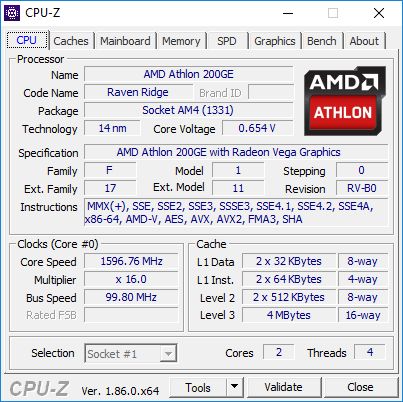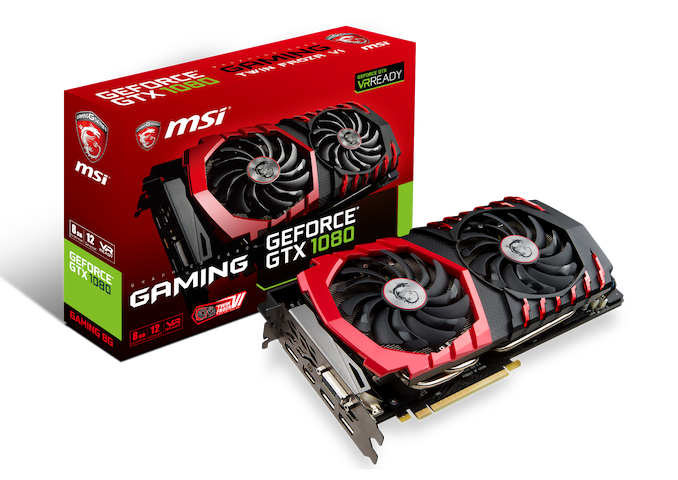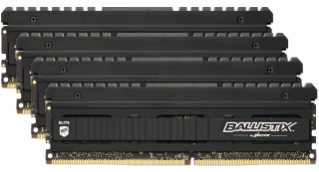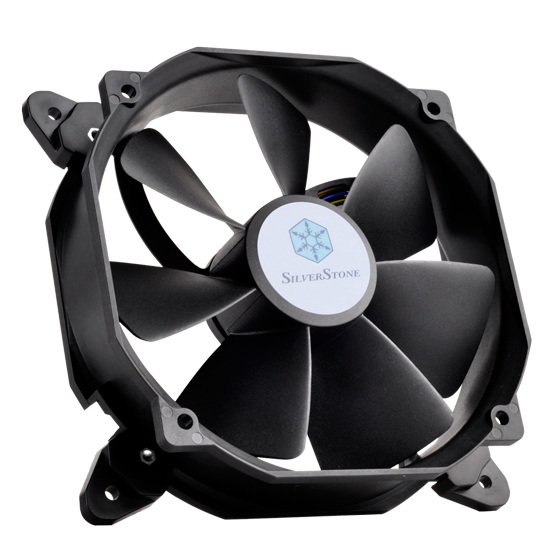The Biostar A10N-8800E Motherboard Review: Carrizo in 2019?!
by Dr. Ian Cutress & Gavin Bonshor on August 14, 2019 8:00 AM EST- Posted in
- Motherboards
- CPUs
- AMD
- Biostar
- Mini ITX
- HTPC
- Carrizo
- A10N-8800E
- FX-8800P
- Athlon 200GE
Board Features
The Biostar A10N-8800E is a mini-ITX motherboard designed for low powered computing, edge computing, and offers a range of low cost, but decent quality features. These include a Realtek RTL8111H Gigabit NIC with a Realtek ALC887 HD audio codec which offers three 3.5 mm audio jacks on the rear panel. Equipped with its own integrated CPU in the form of a Carizzo based AMD FX-8800P processor which is usually found in notebooks and as a result, is power efficient with a TDP of just 15 W. Due to the mini-ITX form factor, there are two memory slots with support for up to 32 GB of DDR4-2133 RAM, and allows users to either utilize the onboard Radeon 7 integrated graphics, or use their own discrete graphics card with a full-length PCIe 3.0 x16 slot.
Overall, the idea here is to provide all you need for a SFF system capable of edge compute, OpenCL, or some gaming, at $88.
| Biostar A10N-8800E Mini-ITX Motherboard | |||
| Warranty Period | 3 Years | ||
| Product Page | Link | ||
| Price | $88 | ||
| Size | Mini-ITX | ||
| CPU Interface | FM2+ | ||
| Chipset | AMD Carizzo | ||
| Memory Slots (DDR4) | Two DDR4 Supporting 32 GB Dual Channel Up to DDR4-2133 |
||
| Video Outputs | 1 x HDMI 1.4 1 x D-Sub |
||
| Network Connectivity | Realtek RTL8111H Gigabit | ||
| Onboard Audio | Realtek ALC887 | ||
| PCIe Slots for Graphics (from CPU) | 1 x PCIe 3.0 x16 | ||
| PCIe Slots for Other (from PCH) | N/A | ||
| Onboard SATA | Two | ||
| Onboard M.2 | 1 x PCIe 3.0 x4/SATA | ||
| USB 3.1 (10 Gbps) | N/A | ||
| USB 3.0 (5 Gbps) | 2 x Type-A Rear Panel 1 x Header (two ports) |
||
| USB 2.0 | 2 x Type-A Rear Panel 1 x Header (two ports) |
||
| Power Connectors | 1 x 24-pin ATX 1 x 4-pin CPU |
||
| Fan Headers | 2 x System (3-pin) | ||
| IO Panel | 2 x USB 3.1 G1 Type-A 2 x USB 2.0 Type-A 1 x Network RJ45 (Realtek) 3 x 3.5mm Audio Jacks (Realtek) 1 x HDMI 1.4 1 x D-Sub 1 x PS/2 Mouse port 1 x PS/2 Keyboard port |
||
On the rear panel is two USB 3.1 G1 Type-A, two USB 2.0 ports, a pair of video outputs consisting of an HDMI 1.4, and D-Sub, with a separate PS/2 keyboard and mouse port. To power the Biostar A10N-8800E, users will need a 24-pin 12 V ATX motherboard power cable, as well as a single 4-pin 12 V ATX CPU power cable from the power supply. With edge computing being its focus, the Biostar A10N-8800E is a low-cost mini-ITX option (sub $100) which has everything a user could need for a small form factor HTPC as the quad-core FX-8800P processor has HEVC encoding capabilities, but another use case scenario could be a small office system without the need for anything high powered, and with a smaller desktop footprint.
Test Bed
As per our testing policy, we take a high-end CPU suitable for the motherboard that was released during the socket’s initial launch, and equip the system with a suitable amount of memory running at the processor maximum supported frequency. This is also typically run at JEDEC subtimings where possible. It is noted that some users are not keen on this policy, stating that sometimes the maximum supported frequency is quite low, or faster memory is available at a similar price, or that the JEDEC speeds can be prohibitive for performance. While these comments make sense, ultimately very few users apply memory profiles (either XMP or other) as they require interaction with the BIOS, and most users will fall back on JEDEC supported speeds - this includes home users as well as industry who might want to shave off a cent or two from the cost or stay within the margins set by the manufacturer. Where possible, we will extend out testing to include faster memory modules either at the same time as the review or a later date.
While we have been able to measure audio performance from previous Z370 motherboards, the task has been made even harder with the roll-out of the Z390 chipset and none of the boards tested so far has played ball. It seems all USB support for Windows 7 is now extinct so until we can find a reliable way of measuring audio performance on Windows 10 or until a workaround can be found, audio testing will have to be done at a later date.
| Biostar A10N-8800E Test Setup | |||
| Processor | AMD FX-8800P, 15W 4 Cores, 4 Threads, 2.1 GHz (3.4 GHz Turbo) |
||
| Motherboard | Biostar A10N-8800E (Firmware W418) | ||
| Cooling | Integrated Heatsink /w Cooling Fan | ||
| Power Supply | Thermaltake Toughpower Grand 1200W Gold PSU | ||
| Memory | 2x16GB Corsair Vengeance LPX DDR4-2400 Ran at DDR4-2133 CL16-18-18-35 2T |
||
| Video Card | Radeon R7 Integrated Graphics | ||
| Hard Drive | Crucial MX300 1TB | ||
| Case | Open Benchtable BC1.1 (Silver) | ||
| Operating System | Windows 10 RS3 inc. Spectre/Meltdown Patches | ||
For the sake of comparison, we wanted to put the CPU against AMD's lowest cost socketed option. The AMD Athlon 200GE currently retails for $57, with the cheapest AM4 motherboard being the GIGABYTE GA-A320M-S2H or ASRock A320M-HDV R4.0 at $55, making a total of $112. Comparing $88 vs $112 is an important point here - if you are tied for cash, you might go with the $88 option. But what performance uplift do you get from an additional $24?
| AMD Athlon 200GE Test Setup | |||
| Processor | AMD Athlon 200GE 35W 2 Cores, 4 Threads, 2.1 GHz (3.4 GHz Turbo) |
||
| Motherboard | ASRock B450 Gaming-ITX/ac (Firmware 3.30) | ||
| Cooling | AMD Stock Cooler | ||
| Power Supply | Thermaltake Toughpower Grand 1200W Gold PSU | ||
| Memory | 2x16GB Corsair Vengeance LPX DDR4-2400 Ran at DDR4-2133 CL16-18-18-35 2T |
||
| Video Card | Radeon Vega 3 Integrated Graphics | ||
| Hard Drive | Crucial MX300 1TB | ||
| Case | Open Benchtable BC1.1 (Silver) | ||
| Operating System | Windows 10 RS3 inc. Spectre/Meltdown Patches | ||
Due to timing, we used an on-hand B450 ITX board, that comes in at $127. This is a bit overkill, we know.
Readers of our motherboard review section will have noted the trend in modern motherboards to implement a form of MultiCore Enhancement / Acceleration / Turbo (read our report here) on their motherboards. This does several things, including better benchmark results at stock settings (not entirely needed if overclocking is an end-user goal) at the expense of heat and temperature. It also gives, in essence, an automatic overclock which may be against what the user wants. Our testing methodology is ‘out-of-the-box’, with the latest public BIOS installed and XMP enabled, and thus subject to the whims of this feature. It is ultimately up to the motherboard manufacturer to take this risk – and manufacturers taking risks in the setup is something they do on every product (think C-state settings, USB priority, DPC Latency / monitoring priority, overriding memory sub-timings at JEDEC). Processor speed change is part of that risk, and ultimately if no overclocking is planned, some motherboards will affect how fast that shiny new processor goes and can be an important factor in the system build.
New Test Suite: Spectre and Meltdown Hardened
Since the start of our Z390 reviews, we are using an updated OS, updated drivers, and updated software. This is in line with our CPU testing updates, which includes Spectre and Meltdown patches.




















73 Comments
View All Comments
krumme - Wednesday, August 14, 2019 - link
Wsa vs wsaFight!
Smell This - Monday, August 19, 2019 - link
Wafer Supply Agreements ?I'm thinking AT missed the boat on this one. Show us a 'head-to-head' with the 'old' AMD Carrizo against the Gemini/Apollo 'Mistakes by The' Lakes ...
cen - Wednesday, August 14, 2019 - link
Not sure who this is for?DanNeely - Wednesday, August 14, 2019 - link
Entry level DIY NAS would be one possibility; 4x sata would be much better fit for the use case though.My current NAS is build around a 2015 equivalent of this board 4 sata ports (3 used, 2 for storage one for the OS).
cen - Wednesday, August 14, 2019 - link
CPU is fine for a NAS, everything else is not really suitable. I guess it's cheap tho.MDD1963 - Friday, August 30, 2019 - link
Yes, who needs more than 2 SATA ports anyway! :)Flunk - Wednesday, August 14, 2019 - link
Atom-based alternatives are cheaper and pull less power.emn13 - Thursday, August 15, 2019 - link
raspberry pi 4 is even cheaper, smaller, and around as fast as an atom; around half as fast as this, and it uses *much* less power (7.6W under load!) . It's a considerable step up from from the pi 3; and it comes with usb3, so it's quite decent for a NAS too, and even for reasonable webbrowsing and 4k 60Hz video decoding. Frankly, it's I'm not sure why you've ever bother with an atom or something like this given the price and power difference if you're looking for a media center or NAS. And the whole thing is just 35$! And another advantage is the community; since there's relatively little pi hardware variation in the core bits, you can be sure your linux distro is being used by lots and lots of hardware nerds and likely very well supported for a long, long time. Seriously, it's just no competition.However, if you want to run any x86 games or legacy office apps rather than say, google docs, then the atom or this thing makes more sense. But as a tiny home server / media center? The Pi is better in almost all ways: much cheaper, much less power hungry, much more likely to be long-term better supported, and almost as fast.
LoneWolf15 - Monday, August 26, 2019 - link
A Pi is far more limiting on I/O throughput even with USB3.Don't get me wrong, a Pi4 is great for HTPC use, or other embedded computing, but it just doesn't have what I'd want for storage options for a NAS or microserver.
I'd be much more likely to look at something like this:
https://www.asrock.com/mb/Intel/J5005-ITX/index.as...
I had the Braswell one for a bit; while I'm not normally an Asrock fan, the product was quite reasonable, or would have been if Intel hadn't gimped the video a bit and not publicly disclosed it (fixed in Apollo Lake and Gemini Lake CPUs).
mr_tawan - Thursday, September 12, 2019 - link
I don't have a PI4. Had use PI2 before I moved to a Zyxel NAS (with Arch Linux). I'm looking for replacing the Zyxel with probably my current PC (Core i5 4460).Anyway, during my PI2 day, I found it has some stability issue (it crashes every now and then) and the transfer rate is not that impressed (single digit on SMB if I'm not mistaken).
So how does the PI4 performs in those area then?